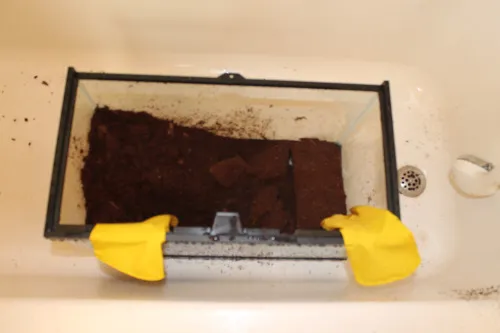Understanding Tarantula Tank Cleaning
Cleaning a tarantula tank is a crucial aspect of responsible tarantula ownership. It’s not just about aesthetics it directly impacts the health and well-being of your eight-legged friend. A clean tank provides a healthy environment minimizing the risk of diseases and ensuring your tarantula thrives. This guide will walk you through the essential steps and provide valuable insights into maintaining a pristine and safe habitat for your tarantula. Understanding the ‘why’ behind cleaning is just as important as the ‘how’. We will delve into the reasons why regular tank maintenance is essential for your tarantula’s longevity and happiness. We will provide a comprehensive understanding of the entire process.
Why Is Cleaning Your Tarantula Tank Important
Regular cleaning is paramount for several reasons. Firstly, it prevents the buildup of waste products, such as uneaten prey, molted exoskeletons, and feces. These decompose, creating ammonia and other harmful substances that can pollute the air and substrate within the tank. Secondly, a clean tank reduces the risk of mold and mildew growth, which thrive in humid environments like tarantula habitats. These fungi can cause respiratory issues and other health problems for your tarantula. Finally, cleaning helps control the population of mites and other pests that can infest the tank and harm your pet. Failing to clean a tarantula tank regularly can lead to a decline in the tarantula’s health and overall well-being. This could also include respiratory infections, stress, and a generally poor quality of life.
Impact on Tarantula Health
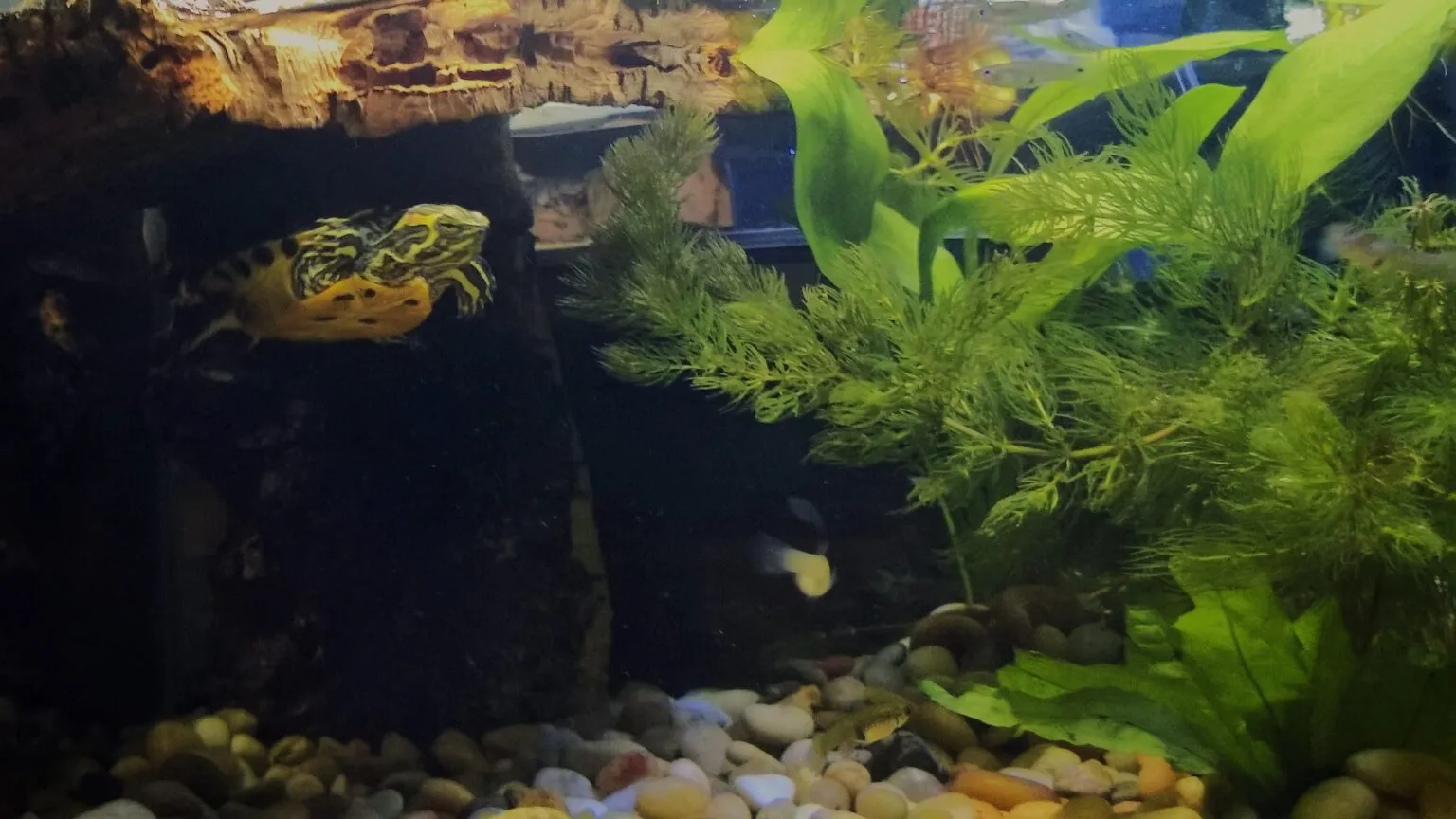
A dirty tank can severely compromise a tarantula’s health. The constant exposure to ammonia and other toxins weakens their immune system, making them more susceptible to diseases. Mold and mildew can cause respiratory infections, leading to difficulty breathing and other complications. Mites and other parasites can feed on the tarantula, causing irritation, stress, and even death. A clean environment, on the other hand, promotes a healthy and thriving tarantula. It allows them to live in a stress-free habitat. Your tarantula will also have an easier time molting in a clean tank. Furthermore, a well-maintained tank will help you observe your tarantula’s behavior and identify any potential health problems early on.
Maintaining a Healthy Environment
Maintaining a healthy environment is critical to the long-term well-being of your tarantula. This involves providing the correct temperature and humidity levels, as well as ensuring good ventilation. Cleanliness is a major part of this. The substrate must be regularly changed to prevent waste buildup and mold growth. Fresh water should always be available. The tank should be well-ventilated to allow for proper air circulation. Regular cleaning also allows you to monitor the tarantula’s health and behavior, and to promptly address any potential issues, such as changes in appetite or activity levels.
Essential Tools for Cleaning Your Tarantula Tank
Cleaning Supplies and Equipment Checklist
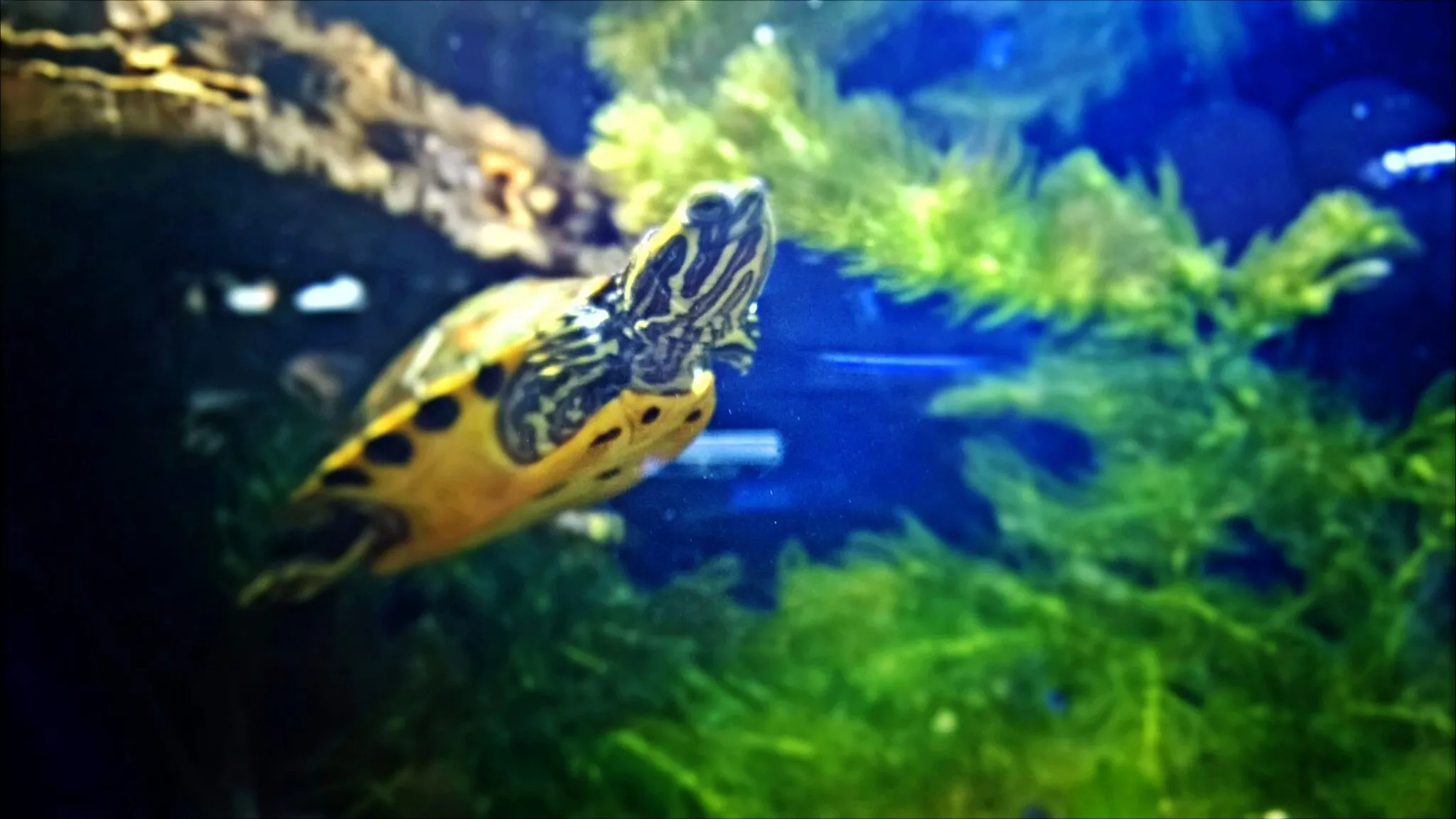
Before you begin cleaning, gather all the necessary supplies. This includes a clean container for temporarily housing your tarantula, disposable gloves, a mask, and a cleaning solution specifically designed for reptile habitats. You’ll also need a clean spray bottle, paper towels, and a soft brush or sponge for scrubbing. A substrate scoop or spoon is useful for removing the old substrate. Depending on your tank setup, you may also need a small shovel or tongs. Always have a spare container for the old substrate and waste. Ensure all tools are clean and ready to be used. Using the right tools ensures you can clean the tank thoroughly and safely.
Safety Gear for Handling Tarantulas
Safety should always be your top priority. Wear disposable gloves to protect your hands from potential irritants and to prevent the spread of any contaminants. If you are sensitive to dust or cleaning solutions, wear a mask to avoid inhaling harmful particles. If you are nervous about handling your tarantula, consider using tongs to gently move it to its temporary holding container. Always wash your hands thoroughly before and after cleaning. Be aware of your tarantula’s behavior and signs of stress. A stressed tarantula may be more likely to bite or flick hairs. Avoid using strong chemicals or harsh cleaners that could be toxic to your tarantula.
Step-by-Step Guide to Cleaning Your Tarantula Tank
Preparing Your Tarantula for Cleaning
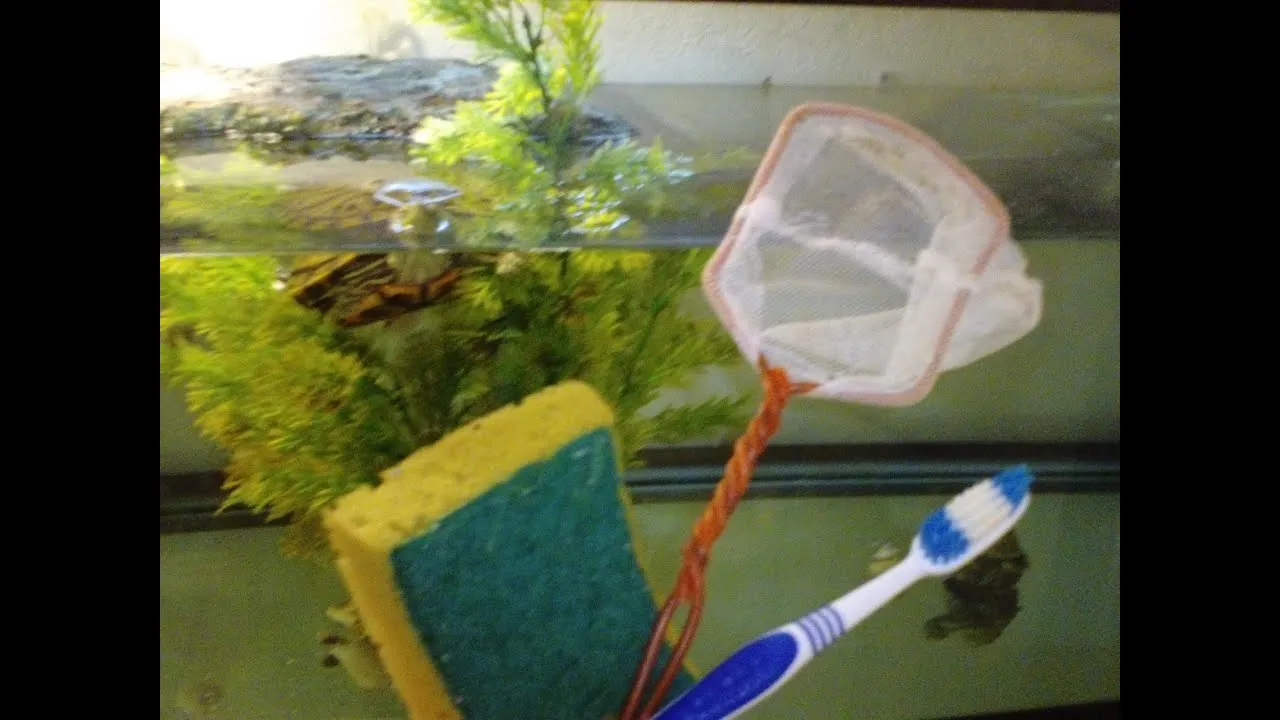
Before starting the cleaning process, carefully remove your tarantula from its enclosure and place it in a secure, escape-proof temporary container. This could be a clean deli cup, a small plastic container, or any container with a secure lid and air holes. Make sure the temporary container is appropriately sized and has enough space for your tarantula to move comfortably. Provide a small hide or some substrate in the temporary container to reduce stress. Observe your tarantula during this process to monitor its behavior and look for any signs of stress or discomfort. Ensure that the temporary container is kept in a safe, temperature-controlled environment while the tank is being cleaned. This will prevent any potential harm to the tarantula.
Removing Substrate and Waste
Once the tarantula is safely in its temporary container, carefully remove the substrate from the tank. Depending on the type of substrate used, you can either scoop it out using a spoon or scoop, or pour it out into a trash bin. Pay close attention to any areas where waste accumulates, such as beneath hides and water dishes. Dispose of the used substrate properly, following local waste disposal guidelines. Inspect the tank for any signs of mold or pests. If you notice any, take steps to address the issue before replacing the substrate. Ensure the entire substrate is removed to thoroughly clean the tank.
Cleaning the Tank and Decorations
Once the substrate is removed, clean the tank and any decorations. Use a cleaning solution specifically designed for reptile habitats. Spray the solution onto the tank’s walls and any decorations, then wipe it down with a clean paper towel or a soft brush. Rinse the tank and decorations thoroughly with clean water to remove any traces of the cleaning solution. Allow the tank and decorations to dry completely before reintroducing the substrate and tarantula. Ensure that all surfaces are free from any cleaning solution residue. This will protect your tarantula and keep it safe.
Reintroducing Your Tarantula to Its Clean Tank
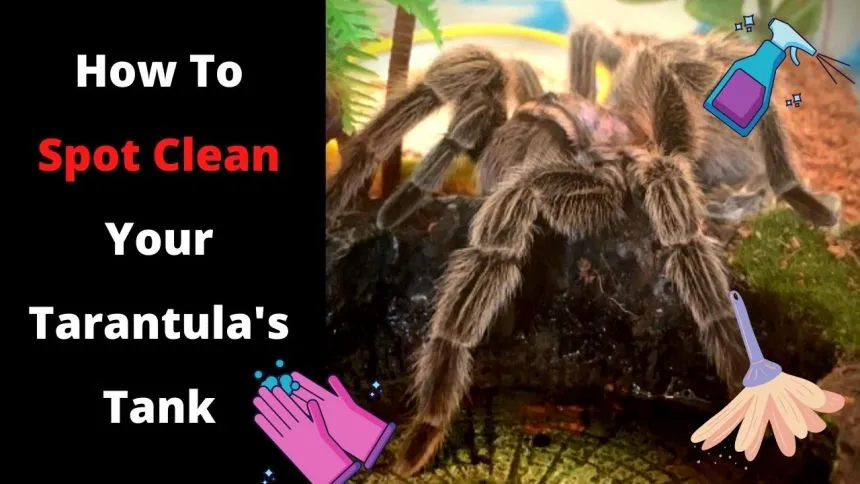
After the tank is clean and dry, replace the fresh substrate. Arrange the decorations as desired, recreating the tarantula’s familiar environment. Carefully place your tarantula back into the tank, ensuring it is handled gently and safely. Observe your tarantula’s behavior in the clean tank. Some tarantulas may explore their newly cleaned habitat immediately, while others may take some time to acclimate. Make sure the temperature and humidity levels are appropriate for the species. Provide fresh water in a clean dish. Be patient and allow your tarantula time to settle back into its clean home.
Maintaining a Clean Tarantula Habitat
Regular Cleaning Schedule
Establish a regular cleaning schedule to ensure your tarantula’s habitat remains clean and healthy. The frequency of cleaning will depend on several factors. These factors include the size of the tank, the type of substrate used, and the eating habits of the tarantula. Generally, spot cleaning should be done on a weekly basis. This involves removing any visible waste and uneaten prey. A full tank cleaning, including replacing the substrate and cleaning the tank and decorations, should be done every 1–3 months, depending on the factors mentioned above. Regularly cleaning the tank keeps the environment clean.
Spot Cleaning Techniques

Spot cleaning is a quick and easy way to maintain a clean tarantula tank between full cleanings. Use tongs or a small scoop to remove any visible waste, such as uneaten prey, molted exoskeletons, and feces. Remove any remaining food or debris. Pay close attention to areas where waste tends to accumulate, like near the water dish or under hides. This simple maintenance helps maintain the hygiene of the habitat. It also prevents the buildup of harmful substances. Perform spot cleaning as needed, usually once or twice a week.
Troubleshooting Common Tank Cleaning Problems
Dealing with Mold and Mildew
Mold and mildew can be a common problem in tarantula tanks, particularly in humid environments. If you notice mold or mildew, it’s important to address the issue promptly. Remove the affected substrate and clean the tank thoroughly with a reptile-safe cleaning solution. Ensure the tank is properly ventilated to reduce humidity levels. Consider using a dehumidifier or adjusting the ventilation system. Regularly check the tank for signs of mold. By catching it early, you can prevent it from spreading and impacting your tarantula. If the mold persists, consult a veterinarian or experienced tarantula keeper.
Handling Escapees During Cleaning

Escapees can be stressful for both you and your tarantula. Always ensure the temporary container is secure. Keep the room closed during cleaning. If your tarantula does escape, remain calm and try to locate it. Tarantulas often prefer to hide in dark, secluded places. Look in dark corners, under furniture, and behind objects. Use a flashlight to aid your search. If you locate your tarantula, gently coax it into a container or use tongs to guide it. If you are unable to find your tarantula immediately, don’t panic. Close off any potential escape routes, and continue to search the area carefully. Consider seeking help from an experienced tarantula keeper or pest control professional if needed.
Conclusion
Cleaning your tarantula tank is an essential part of responsible tarantula ownership. Regular cleaning helps to maintain a healthy environment, prevent diseases, and ensure your tarantula thrives. By following the steps outlined in this guide, you can provide your tarantula with a clean, safe, and comfortable home. Remember to prioritize safety, use the appropriate tools and cleaning solutions, and establish a regular cleaning schedule. A well-maintained tank ensures your tarantula’s health and happiness. By taking these steps, you can enjoy the companionship of your fascinating pet for many years to come.
